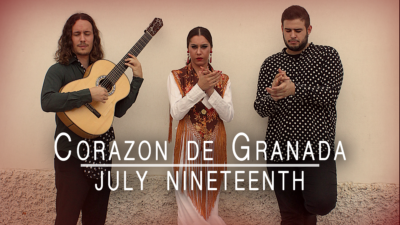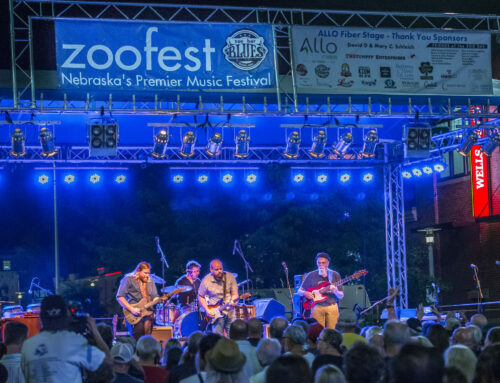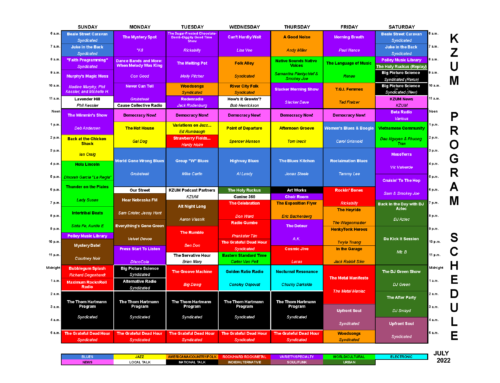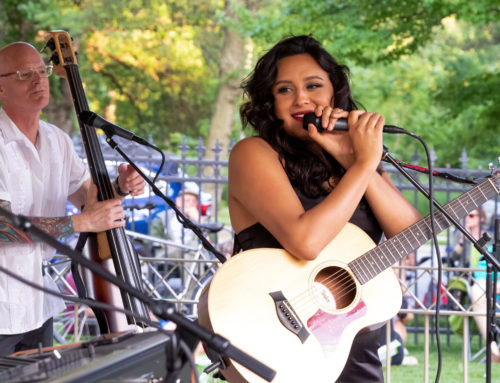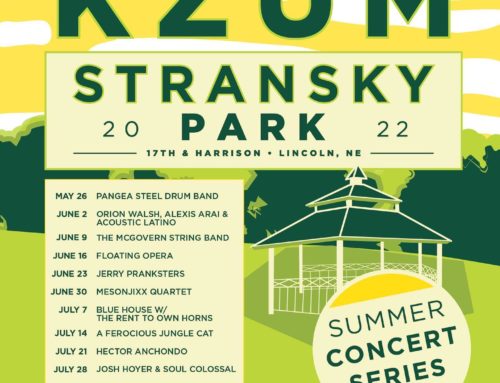By Will Roper
July 18, 2018
Live traditional flamenco music isn’t a luxury one is afforded every day in the Midwest, a fact that has made one Spanish group’s tour through different Midwestern states a special affair.
On Thursday, Spanish flamenco band Corazón de Granada will perform at the Bourbon Theatre. Their show in Lincoln is another stop on their tour as they come from Kansas City and Montana and move back to Chicago, New York City and Massachusetts after Nebraska.
The art form of flamenco derives itself from Spanish folk music, and generally, besides a guitar, incorporates many sounds produced by the body: singing, dancing, handclapping and others.
What flamenco may lack in instrumentation, it makes up for in rhythm, emotion and passion. Through movement, the dancer is who leads the guitar – many times with improvisation. Flamenco is just as much visual as it is auditory.
The three members that make up Corazon de Granada are guitarist Pablo Giménez, singer Alejandro “El Gambimbas” and dancer Victoria Macias. The group were already acquainted as friends in Spain when they decided to form Corazón de Granada.
Giménez said they decided to expand their music past Spain in 2017 to spread the name of their city.
“We said, ‘OK, let’s make it the three of us and try to make the name of our city go outside of Spain,’” he said.
For Giménez, flamenco guitar runs in his blood. His father, Juan Miguel Gimenez, is a professor at the Granada Music Conservatory and himself an acclaimed flamenco guitarist. Before joining Corazón de Granada, Giménez was already a well-accomplished solo guitarist, having attended and earned degrees from two separate prestigious conservatories.
“When I was 18, I decided I would go this way until the end,” Giménez said. “I was already playing professionally, so I didn’t have to make a big choice. The choice was to continue the [type of] work my father put in.”
According to Giménez, the group plays both the purest form of flamenco – traditional – as well as other classical Spanish music – a style which all three members are trained in.
The energy and improvisational uncertainty of traditional flamenco, for Giménez, is what is most appealing about the genre. While the flamenco music is carried down from centuries, each performance offers something unique and different that showcases the idiosyncrasies of each performer.
“It’s always different,” Giménez said. “Sometimes stronger, [and] sometimes much softer and elegant. It always depends on how we are in this moment. This is what I like most about flamenco. You never know, and once it comes, you see how prepared you are and how much energy you can give.”
Improvisation is a large part of the flamenco art form, said Giménez. Compared to some forms of jazz or rock, where there are certain sections dedicated for solos, flamenco sees improv as it’s creative foundation; whether that’s through dance, singing, guitar or rhythm. The dancer can improv a dance, while the guitarist and singer can choose which pieces of music and rhythm fit the energy and style of the dancer.
Inspirations for Giménez and the group include Paco de Lucía, described by Giménez as the Mozart of flamenco music, as well as Camarón de la Isla and Tomatito.
“We are always looking to the big names,” Giménez said.
Justine Bayod Espoz, who manages Corazón de Granada, has been working with flamenco musicians and bringing the culture and music to the United States for over eight years. Although she grew up in Chicago, she said she was always exposed to different styles of flamenco through her mother’s collection of recordings. She said that while she was raised with flamenco music, it was very rare to see actual live flamenco musicians perform in Chicago, the Midwest or elsewhere in the United States.
Bayod Espoz said she and Corazón de Granada want to show people who’ve only heard stories of flamenco what it’s truly like.
“When we bring real, quality flamenco to the United States, we’re really doing a service to artists often classified as only ‘fiery and passionate,’” Bayod Espoz said. “Flamenco is a very, very complex art form. What we really want to do is to have people see that complexity and understand where it comes from. When people are exposed to flamenco that’s well thought out and well performed, they see it. It goes beyond being something exotic and exciting.”
Giménez agees, and said that the show at the Bourbon and across the U.S. is designed to be accessible to both flamenco fans and newcomers to the art form. The music will find common ground through emotion and passion, something that everyone can experience.
“This show, like all our shows, is a natural coming-and-going through all human feelings,” Giménez said. “We are trying to make it accessible to all people: the people who know about flamenco and people who know nothing about it. At the end, it’s a trip through our feelings made with flamenco music.”
Will Roper is an editorial intern with KZUM.

